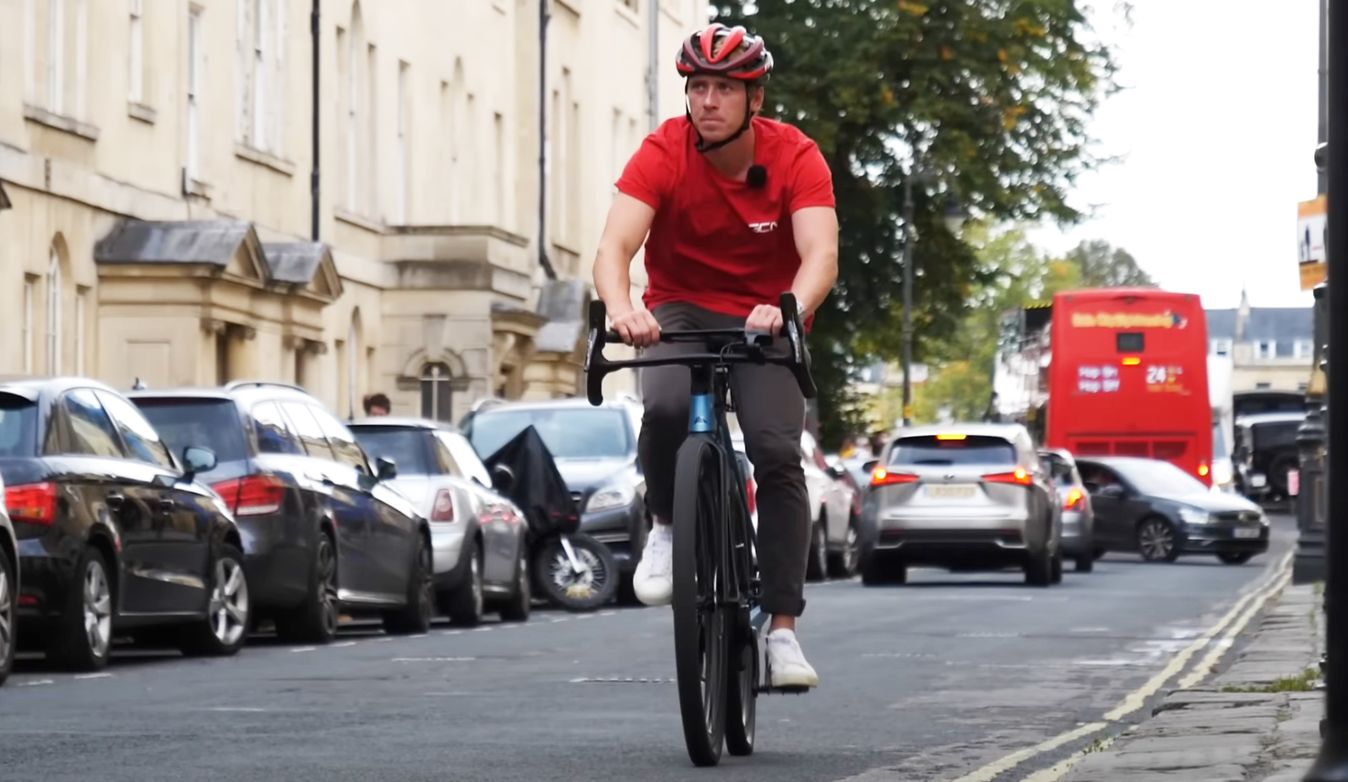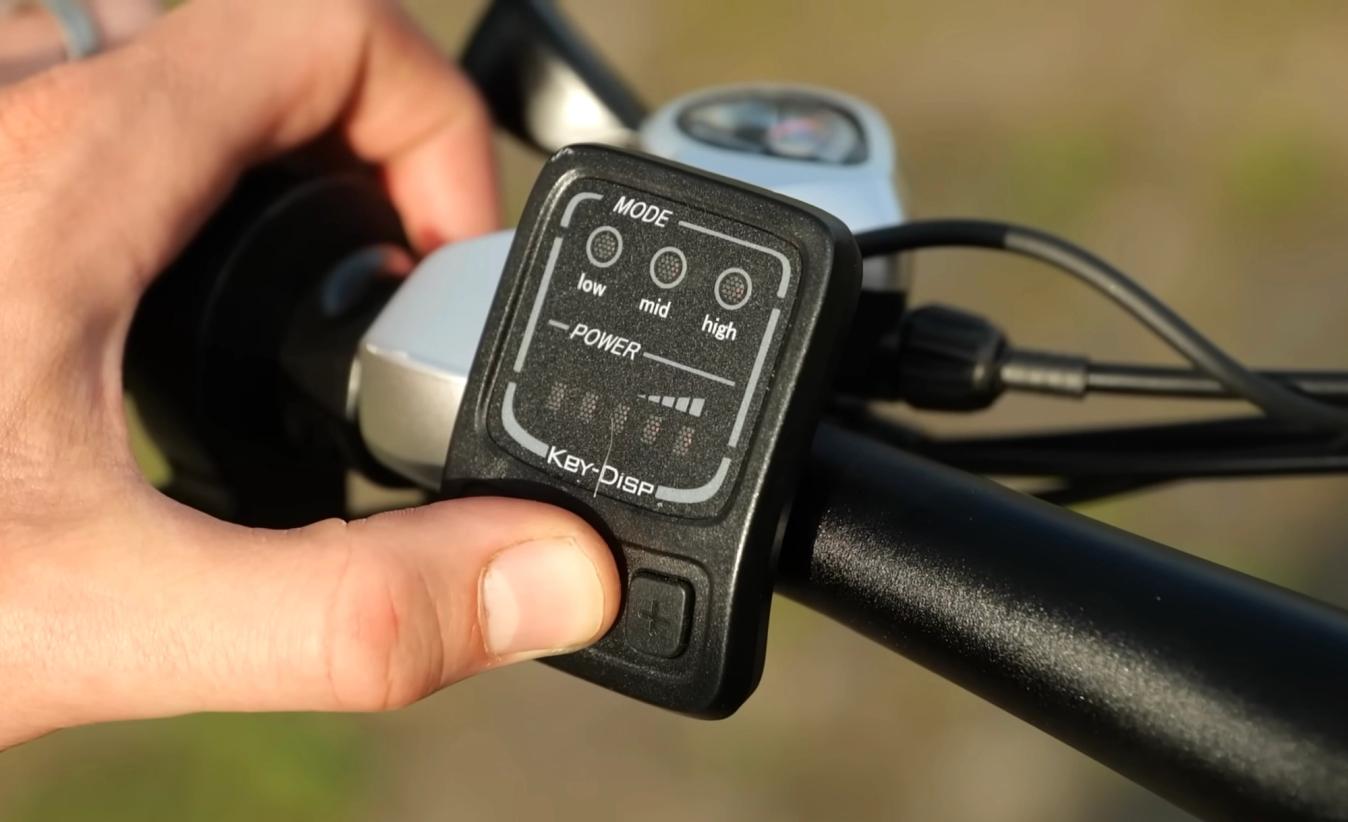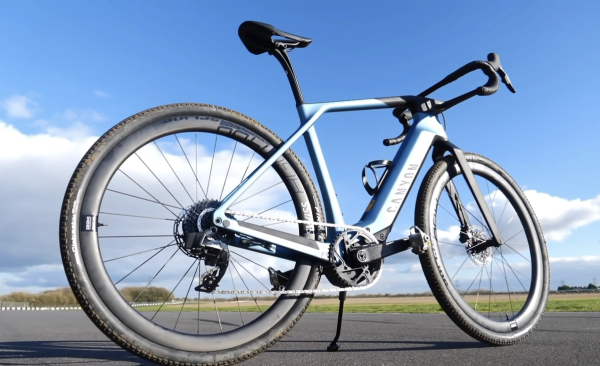Can you build fitness by riding an e-bike or are they ‘cheating’?
Contrary to popular beliefs, an e-bike isn’t ‘cheating’ and you can make some serious fitness gains by riding one
Tom Hallam-Gravells
Online Production Editor
© GCN
Riding an e-bike can lead to some serious fitness gains
E-bikes have exploded in popularity over recent years, but in some quarters they’re side-eyed with a high level of scepticism. According to these e-bike nay-sayers, the motors that help to propel a rider on electric bikes are ‘cheating’, not helping a rider to get any fitter.
But is it true? Are e-bikes really cheating, or can you get a serious workout by riding one? In this guide we’ll explore all of the fitness and health benefits of e-bikes, as well as helping to decide whether an e-bike could be your best route to fitness gains.
How much exercise can you get from riding an e-bike?
Contrary to some beliefs, electric bikes are a great way to exercise and can offer the same benefits as regular bikes.
That won’t be enough to win over everyone, though, so we first need to explain what an e-bike actually is. It seems like an obvious enough topic, but misconceptions about how e-bikes work lead to further falsehoods, such as the ‘cheating’ tag.
The assistance isn’t for free; you still have to pedal

© GCN
A rider only receives assistance as they pedal
E-bikes cut the same silhouette as regular bikes, except they have motors and batteries hidden within. These motors take up some of the slack by providing assistance as you ride, but that assistance doesn’t come for free.
Riders only receive assistance as they pedal, so leg power is still doing some of the work, you’re just receiving a helping hand. That’s why, even when riding with the assistance level turned on, you’re still exercising.
And if you want to crank up the intensity of a workout, you can simply turn the assistance off all together and the e-bike will function like a standard bike.
Different assistance levels allow you to make a workout harder or easier
Most electric bikes also have multiple assistance levels. Higher levels will take up more of the slack, while lower levels only offer minimal assistance. This can be a really useful feature when exercising, allowing you to tailor a ride to your needs or ability level.
These assistance levels also make cycling a more approachable proposition for those who are new to the sport and building up their fitness from scratch. Heading out on a standard push bike can be incredibly daunting, but knowing that you have a motor to help you up any pesky hills is reassuring, helping to build confidence, plus it makes rides more practical.
Health benefits of riding an e-bike
Clearly, then, riding an e-bike is a legitimate form of exercise. It’s a form of exercise that also comes with a host of health benefits too, from burning calories to increased cardiovascular health.
Calories burned when riding an e-bike

© GCN
An e-bike workout can be tailored using the various assistance levels, which will alter how many calories you burn
Some riders simply want to get from A to B on their e-bikes, but others have a specific goal to burn calories — something cycling, and even e-biking, is great at.
The number of calories you burn while riding a standard push bike will vary greatly depending on multiple factors, including your physiology and the terrain you’re riding. This will usually amount to somewhere in the region of 300 calories per hour for easy riding, 600 for a moderate spin, and 1,000 for an intense one-hour effort.
These figures vary even more for e-biking, as assistance levels have to be factored in as well as exercise intensity. Having said that, rides should still end up falling within either the easy, moderate or hard categories. Granted, with the assistance of an e-bike, more rides are likely to fall into the ‘easy riding’ zone. However, if you bring down the assistance level, you can do more of the work yourself and access those higher calorie burn rates. With that in mind, even on an e-bike, the above numbers can still provide a rough estimate.
If you want to more accurately measure how many calories you’re burning, we’ve pulled together a guide below to help.
- Read more: How many calories do you burn when cycling?
Improved cardiovascular health
The cardiovascular system, consisting of the heart and blood vessels, is responsible for pumping blood around the body, and with it, oxygen. A good cardiovascular system goes hand in hand with cycling, and it’s been shown time and time again that riding regularly has big health benefits for your heart.
These benefits also extend to e-biking, according to a study published by the University of Basel. In it, 32 inactive and untrained people commuted by bike for at least three days a week over a four-week period. 15 of the participants used regular bikes while the remaining 17 had e-bikes.
Before and after the study, the researchers measured the riders’ VO2 max, which is the maximum amount of oxygen a body can use during exercise. They found that the figure had gone up significantly for both groups but, interestingly, had increased more for those riding the e-bike. This, they concluded, showed that “e-bikes may have the potential to improve cardiorespiratory fitness similar to conventional bicycles despite the available power assist, as they enable higher biking speeds and greater elevation gain”.
Is an e-bike as good as a regular bike for fitness?

© GCN
As e-bikers generally ride further, e-bikes are a great alternative for shorter car journeys
The simple answer is, yes.
On a basic level, a rider can work just as hard on an e-bike as they can on a regular bike, guaranteeing the same quality of workout. And, even if a rider is using some level of assistance, that doesn’t mean that they’re not riding hard.
In some instances, e-bikes are arguably more effective for exercising than regular bikes. Take the findings of this study in the journal of Transportation Research Interdisciplinary Perspectives, for example, which found that e-bikers take longer trips than regular cyclists, averaging 9.4k on their bikes compared to the 4.8km covered by regular cyclists. This also had a knock-on affect, with e-bikers also riding significantly further on regular push bikes too, averaging 8.4km per ride. As e-bikers average longer journeys, the study found that the “physical activity gains from active travel are similar in e-bikers and cyclists”.
Inexperienced or unconfident cyclists may also be more inclined to tackle hillier terrain knowing that they have assistance to fall back on, upping the effort level in the process.
- Read more: 10 benefits of riding an e-bike
Should I get an e-bike or a regular bike for exercise?
Whether you buy an e-bike or a regular bike, you’re going to get a great workout, so choosing between them is about finding the right bike for your specific needs.
This will usually come down to your fitness levels and confidence. It’s important to consider here what types of terrain you will encounter on rides, as you may have the fitness to tackle flat tarmac but come to a grinding halt on an incline. If you’re confident that you have the fitness level to tackle anything in your path on a regular bike, then buying an electric bike doesn’t make much sense - especially as they usually pack a much higher price tag.
There are other factors to take into account here too, though, like the distance of rides. Sure you may be able to ride around your local roads with no problems, but do you want to ride for longer and explore further afield? That may not be possible on a regular bike, but is within the remit of an e-bike.
Finally, there’s the matter of confidence which can be one of the biggest barriers into the sport. Heading out for those first bike rides can be daunting, particularly on a regular bike. E-bikes go some way to counteracting these pre-ride nerves by providing a safety net as you know that, whatever terrain you encounter, you can rely on a little extra help. It may not always be required, but it’s there when you need it.
Even if you don’t fall into any of the above categories, there’s nothing wrong with riding an e-bike if you simply want an easy ride.
For help finding a specific e-bike, check out our in-depth guide here.
Keep up to date with our latest tech news, features and guides on the GCN website, linked here.







.jpg?w=600&auto=format)



